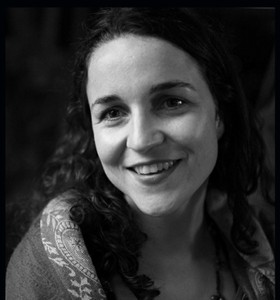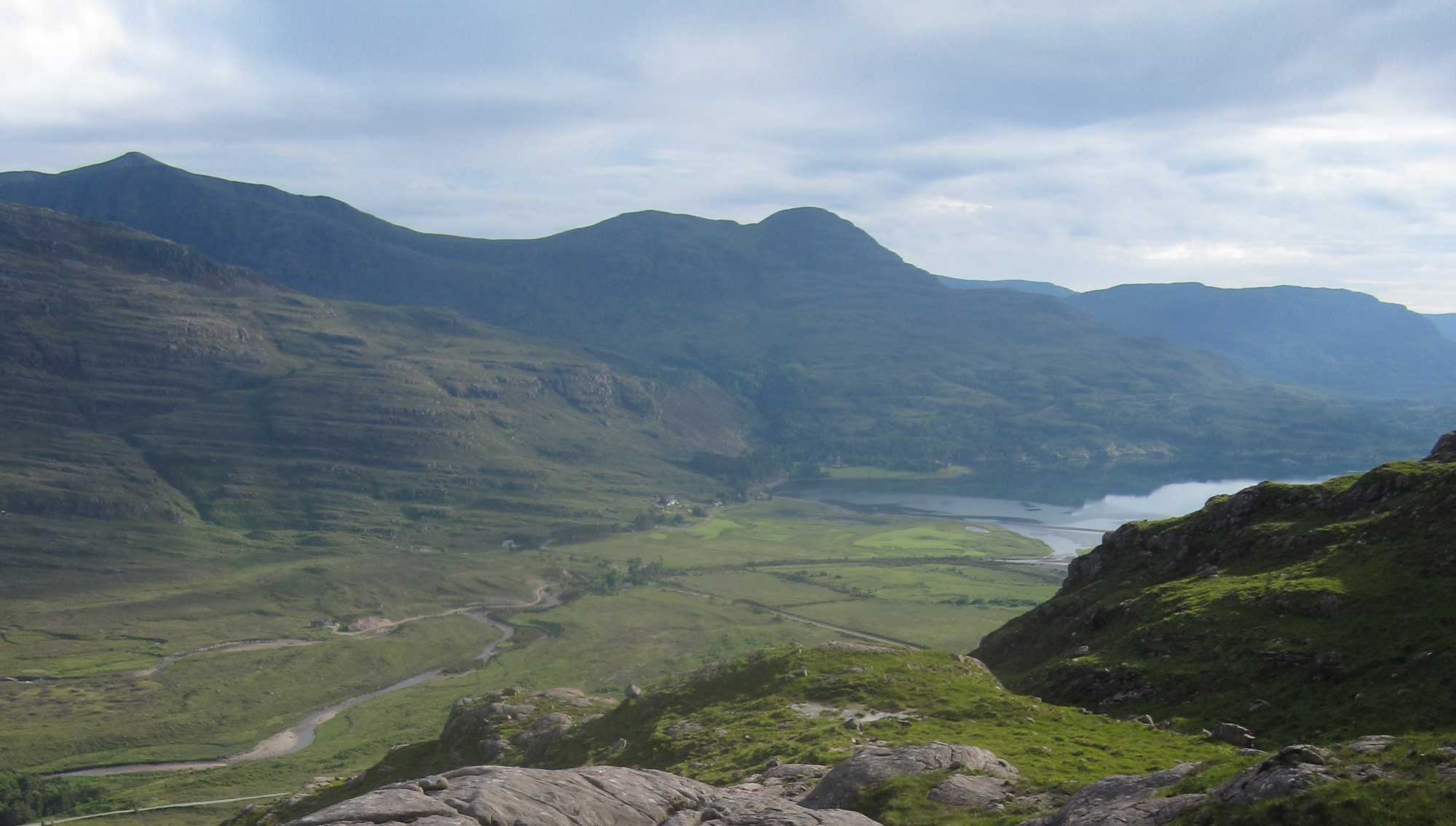What is it about Patrick Barkham finding himself in compromising positions to spy on wildlife?
In his first book, the Butterfly Isles, the nature writer gets funny looks romping around Hampstead Heath with a pair of binoculars looking for butterflies. In Badgerlands he once again finds himself the object of a few raised eyebrows setting off into the woods late at night in search of badgers.
“I had permission from the farmer to be there but still felt a pang of illicit pleasure, and wondered how I might explain myself to anyone else…”
Fortunately for us, Barkham cares little for what others may think and dives headlong into the undergrowth to discover the “strange nocturnal universe” of “Britain’s most enigmatic mammals” and the even more mysterious people who stay up late to feed them peanut butter sandwiches.
The result is not only a natural history of badgers but an exploration of how the British relate to “our biggest surviving carnivore”.
“We just cannot leave the badger alone. We are compelled to find it, watch it, feed it, photograph it, poke it, catch it, torture it, defend it, kill it. Perhaps it is too big a mammal and plays too significant a role in our landscape for us to leave it in peace,” Barkham writes. “It is virtually a competitor, or the nearest thing left to one on an island denuded of big mammals.”
Despite the fact there are more badgers per square mile in Britain than any other country, few of us have seen one – except the unfortunate squashed specimens by the side of the road. Even fewer understand the basic life cycle of the fascinating mustelid at the bottom of the garden.
Our first point of reference is the badgers we are introduced to in childhood. Mr Badger in Wind in the Willows or perhaps the woodland hero of Animals of Farthing Wood: A slightly gruff character who would nevertheless charge to your rescue in times of need. In fact the very epitome of the English gent, right?
“Hmph,” as Mr Badger would say.
The badger is altogether a more surprising character, rather as you would find if you bothered to peel away the layers of tweed to reveal the reality of the British “gentleman”.
Yes, he lives in a “castle” underground. Many setts are hundreds of years old and can stretch on for almost 1,000ft. His dress is certainly smart with the black and white face in the colours of evening dress and bristling grey body. But don’t be fooled by the cute looks, badgers are smelly, ferocious beasts that frequently kill one another in territorial disputes.
Blameless Mr Badger eats baby rabbits and hedgehogs, bumblebee nests and the eggs of ground nesting birds. Worst of all the badger is accused of spreading the cattle disease bovine tuberculosis.
As Barkham points out “we divide most animals in Britain into pests or national treasures – the badger is both”.
Much of Badgerlands is exploring this “contradictory and complex relationship”.
Even the story of Wind in the Willows is more complicated than you think. Barkham argues that the author Kenneth Grahame created Mr Badger as a sort of patriarchal figure to atone for the difficult relationship with his father. Yet the perfect woodland world he created failed to save his own tragic son.
Typically for such a sensitive writer, Barkham always considers both sides of the story. He eats “badger ham” from those same corpses you may have seen by the road. Investigating the cruel world of badger baiting, that still continues in this country, he points out that many of the working class tormentors have no other way to vent their fury.
“It may be unspeakably cruel, it may be an expression of our basest instincts – man as bully and coward and thrill-seeker – but it is an expression of autonomy and freedom, and of one class’s contempt for the laws made by another.”
Barkham is even unflinching in his portrait of his own grandmother, who was instrumental in achieving legal protection for the badger in Britain and wrote books about her own pet badger “Bodger”.
“I wonder what was missing in her life and what absence one small badger so eloquently filled.”
The journalist turned writer is best in his touching interviews with these “inhabitants of badgerland”. Old ladies and bachelors who turn away from their own kind (often in disgust) in favour of the more gentle world of wildlife are often lumped together as “bunny huggers” or worse – animal extremists. Barkham draws out the eccentric, the lonely and the brave studying, feeding and ultimately finding meaning in watching badgers every night all over Britain.
Even the “Eeyorish” Brian May, the Queen guitarist turned badger campaigner, gets a sympathetic hearing for his view that “every animal is an individual”
The only issue Barkham is slightly squeamish about is the Government’s ongoing programme to cull badgers to stop the spread of bovine TB. He shows all sides of the argument deftly enough, but frustratingly fails to come off the fence.
His obvious affection for badgers and the people who love them suggests he is against any cull and he raises some interesting questions about the efficacy of killing thousands of badgers at a cost of millions of pounds for a puny 16 per cent reduction in the spread of cattle disease. Recent news reports question whether farmers will even be able to kill the numbers required.
In the end the Guardian journalist goes for a more general argument that will last the test of time – the undisputed fact that bovine TB is symptomatic of an industrialised farming system. Basically if you like badgers – and farmers – prepare to pay more for your milk.
Badgerlands was published to coincide with the controversy over the cull but at its heart its about something much more important: reconnecting with nature.
Barkham goes on a quest to “escape the strictures of suburbia and rediscover a state of being where I could be absorbed by the rush of the wind and the sway of the trees and the scent of the earth.”
He achieves this simply by sitting still, watching and waiting for badgers. It sounds boring but never is because the detail and description in the writing brings nature alive. There is always something happening, whether it is the “liquid evensong” of blackbirds under a street lamp or the badger himself emerging from the sett as “vivid as a mint humbug”. Barkham is teaching us to look again around us like children, to awaken the senses, “to dive into the calm, inexorable magic of the dusk”.


